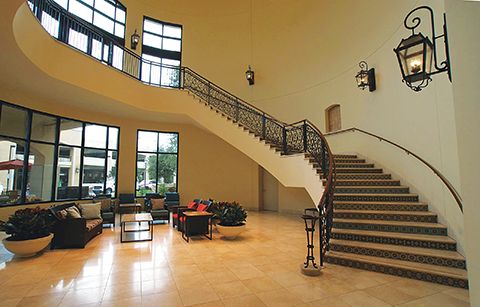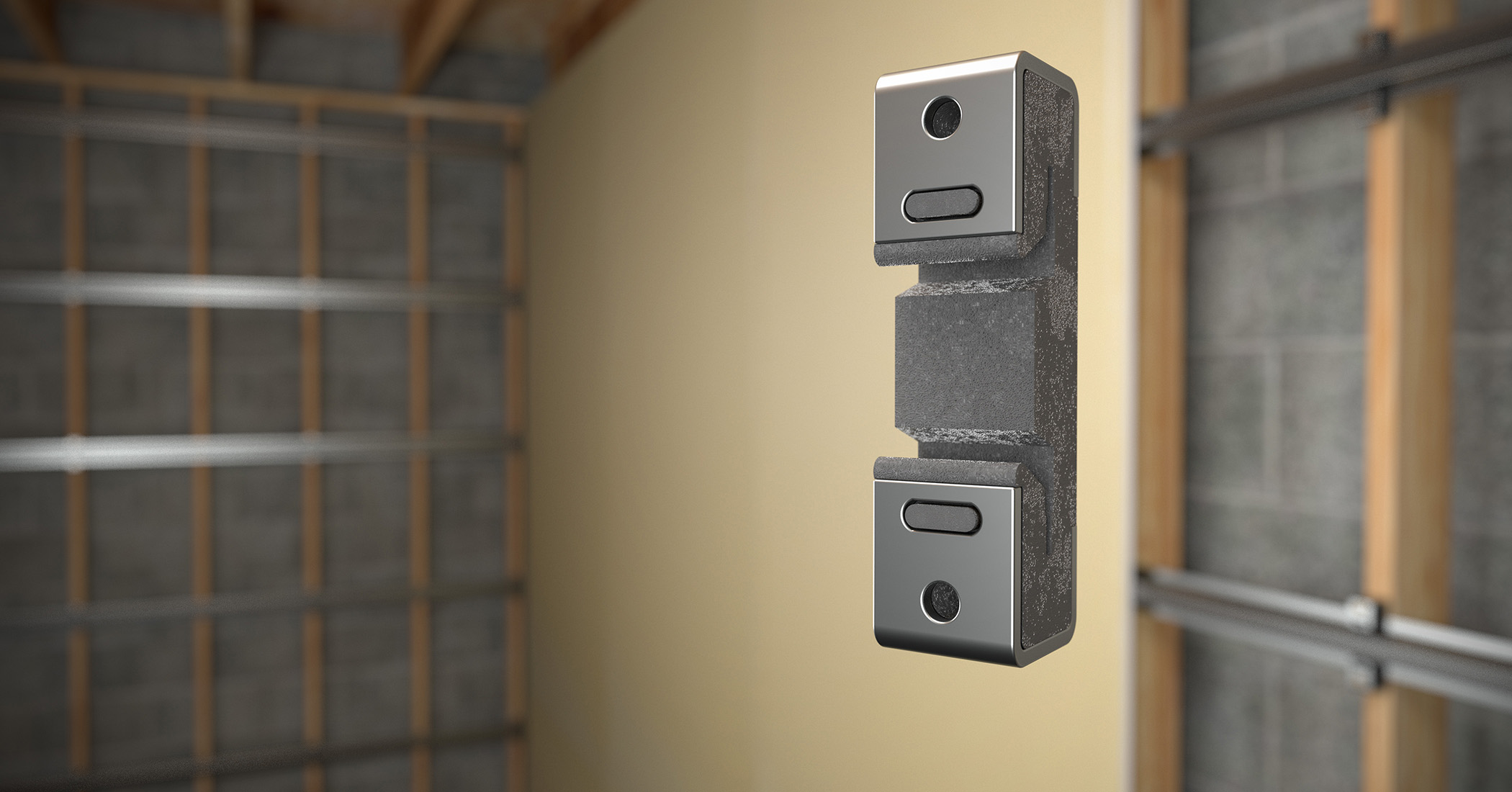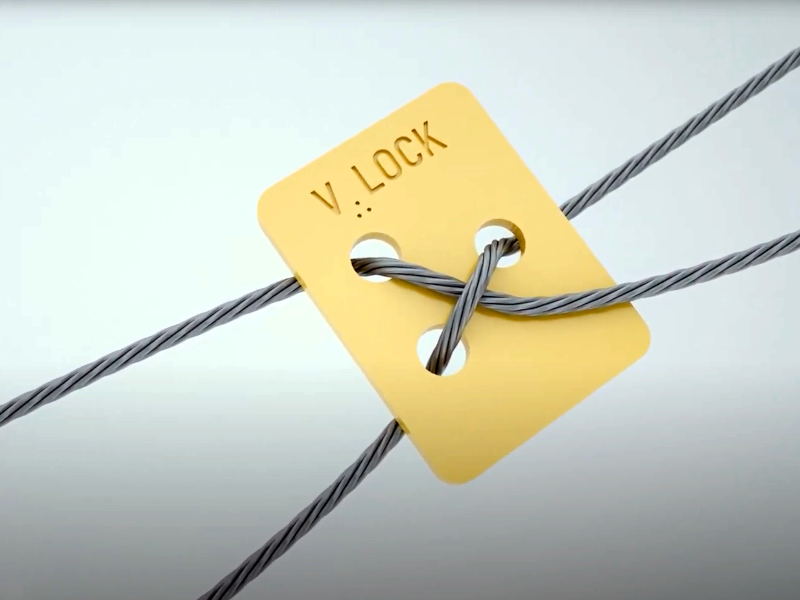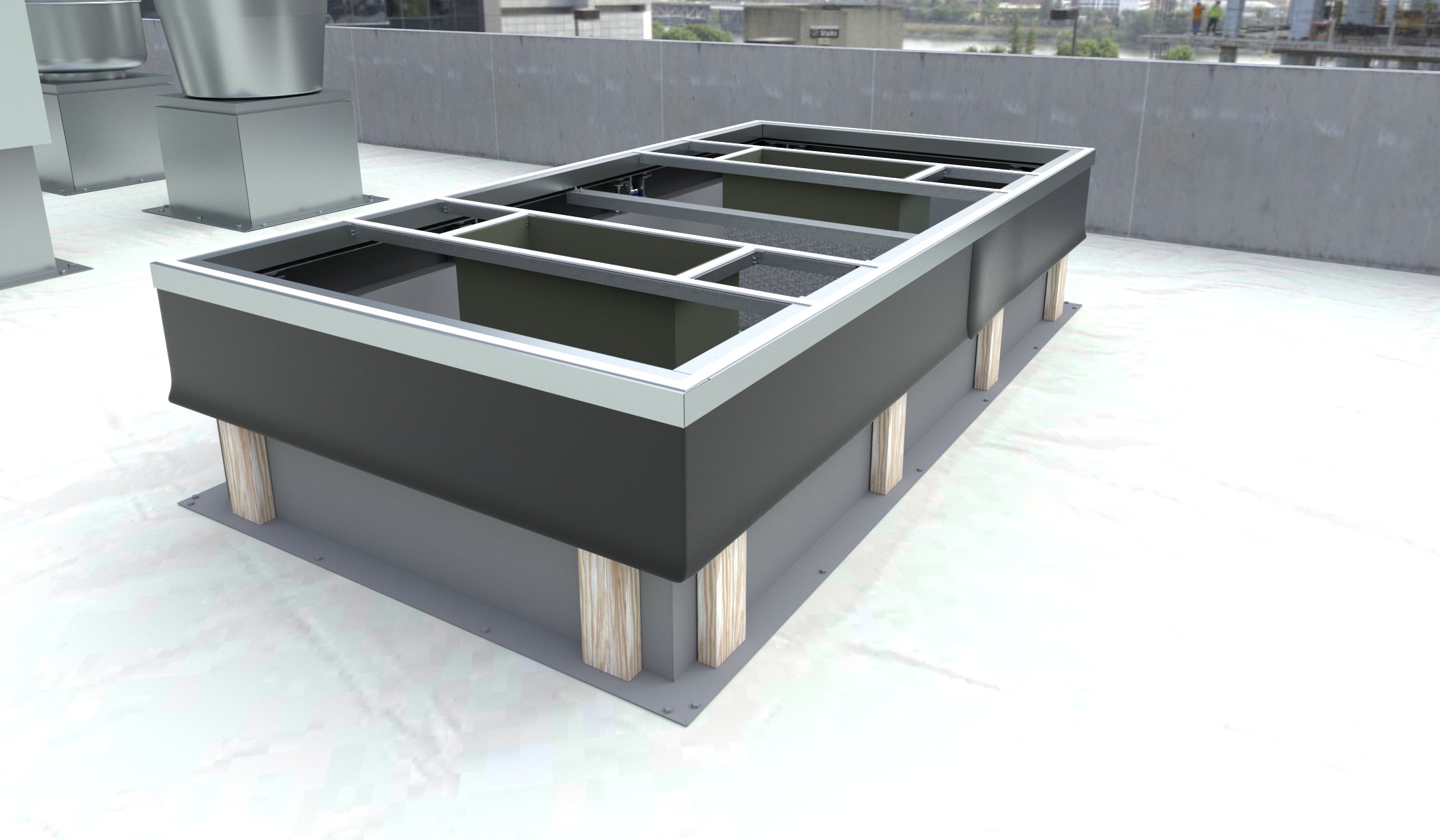Tile and Stone Lippage: What is acceptable (and how do you specify it?)

This article was originally published in August 2015 by Donato Pompo. It has been refreshed and updated to further expand on the subject, including updates in industry standards and codes related to tile lippage. The update also reflects the author’s ongoing experience and recommendations since its original publication.
Lippage is the vertical displacement between two adjacent tile edges of an installed ceramic, glass, concrete, or stone tile. When excessive, this can lead to numerous problems, ranging from chipped tile edges to annoying sounds from running vacuums and wheelchairs over the tile edges, to safety hazards such as causing tripping whether someone has physical limitations or not.
There are industry standards for determining whether the amount of lippage is acceptable or excessive, specifically for tiles manufactured in accordance with ANSI A137.1 or ANSI A137.3. American National Standards Institute (ANSI) A108.02-2023, General Requirements: Workmanship for Tile Installation, Section 4.4 (“Lippage−Guidelines, Explanation, and Caution”) deals with what is allowable ceramic tile lippage and how to avoid excessive lippage. It states for grout joints that are less than 3 mm (0.125 in.) to less than 6 mm (0.25 in.) wide, the allowable lippage is 1 mm (0.03125 in.), plus the inherent tile warpage. For grout joints 6 mm (0.25 in.) or wider, the allowable lippage is 2 mm (0.0625 in.), plus the allowable warpage. For gauged-porcelain tile/panels/slabs with any size grout joint width, the allowable lippage is limited to 1 mm (0.03125 in.) with no additional lippage value added because these tile panels do not have warpage. On the other hand, in the 2022 edition of National Stone Institute’s (NSI’s) Dimension Stone Design Manual (p. 13-6 “Horizontal Surfaces,” Section 1.7−Lippage references Chapter 22, p. 22-7 Lippage Tolerances; p. 21-20 Diagnostics; Section 5.5.2 Lippage Tolerances) simply says lippage should be limited to 1 mm (0.03125 in.) for natural stone tile installations. There are exceptions for ungauged or hand molded tiles that are intended to have excessive tile lippage as an inherent characteristic of the tile.
The challenge in trying to minimize tile lippage has to do with numerous compounding conditions, including the substrate’s flatness, which can have significant effect particularly when one is adhering directly to a concrete slab. Per ANSI A108.02-2023 Section 4.2.1 and 4.2.2, the substrate needs to be prepared before the tile installation such that the maximum allowable variation from the required plane for tiles with all edges shorter than 380 mm (15 in.) is no more than 6 mm in 3 m (0.25 in. in 10 ft), and no more than 1.6 mm in 0.3 m (0.0625 in. in 1 ft).
For tiles with at least one edge 380 mm (15 in.) or longer, the maximum allowable variation from the required plane is not more than 3 mm in 3 m (0.125 in. in 10 ft), and no more than 1.6 mm in 0.6 mm (0.0625 in. in 2 ft). If the substrate is too irregular, then it is difficult for the installer to compensate for the irregular surfaces and install the tile in a manner to minimize lippage.

Dry-set mortar for large and heavy tile
There is an erroneous belief among some tile-installers and specifiers who think using adhesive mortars for large and heavy tiles—which can be applied as thick as 12.7 mm (0.5 in.)—is designed to compensate for substrates excessively out-of-plane. Industry standards for thin-set mortar adhesives, such as Section 2.1 of ANSI A118.4-2023, Standard Specifications for Modified Dry-set Cement Mortar, says dry-set mortars are designed as direct-bond adhesives. They are not intended to be used in truing or leveling underlying substrates or the work of others. (Due to this common misunderstanding, the industry eliminated the name “medium-bed” mortar.)
Substrates need to be prepared before adhering tiles. High spots on concrete slabs must be ground down and low spots filled with special patching mortars or cementitious self-leveling mortars to achieve the appropriate intended flatness or slope. Dry-set mortars for Large and Heavy Tile (LHT) are only meant to be used for large and heavy tiles so they do not sink into the thin-set mortar during the installation; they can also be used to compensate for ungauged tiles that vary in thickness from each other within reason.






